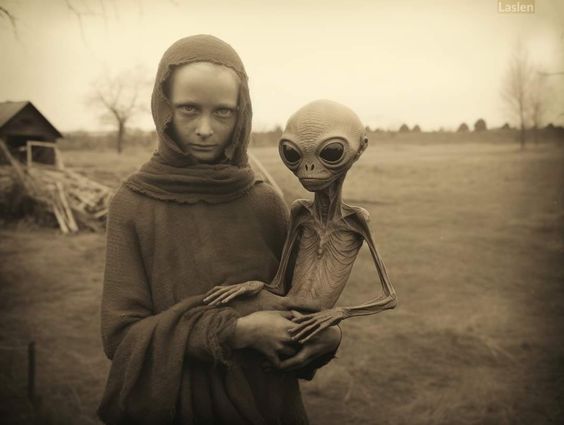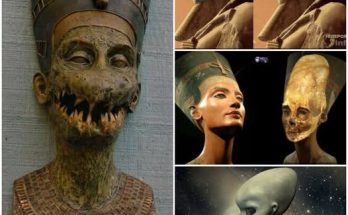In the annals of human history, there are countless tales that blur the line between myth and reality. Among these are the stories of ancient visitors—beings who came from the stars, leaving behind traces of their presence in the most unexpected places. These tales have sparked imaginations and debates for centuries, leading many to wonder if our ancestors had encounters with extraterrestrial beings.
The concept of “ancient astronauts” posits that intelligent beings from other worlds visited Earth in the distant past, influencing the course of human civilization. From the pyramids of Egypt to the massive stone figures of Easter Island, evidence of advanced knowledge and technology seems to suggest that our ancestors were not alone. Could it be that these achievements were made with the guidance or assistance of beings from another world?

One of the most intriguing pieces of evidence is found in ancient texts and carvings. In various cultures around the world, there are depictions of strange, otherworldly beings that do not resemble anything on Earth. In ancient Sumerian records, for instance, there are references to the Anunnaki, a group of deities believed to have come from the heavens. Similarly, in the Indian epic, the Mahabharata, there are descriptions of flying machines called “Vimanas” that were used in battles among the gods. These stories, passed down through generations, have fueled speculation that they might be based on real encounters with extraterrestrial visitors.
Archaeological sites, too, offer clues that challenge our understanding of ancient history. The precise alignment of the pyramids of Giza with the stars in Orion’s belt, the intricate stonework of Machu Picchu, and the Nazca Lines in Peru—gigantic geoglyphs that can only be fully appreciated from the air—have all been cited as possible evidence of alien influence. How could ancient civilizations, with their limited technology, have created such marvels without some form of advanced knowledge or help?
Skeptics argue that human ingenuity alone can explain these wonders, attributing them to the creativity, dedication, and hard work of our ancestors. Yet, the possibility that ancient people had contact with extraterrestrial beings continues to captivate the minds of many. The idea that we are part of a larger cosmic community, and that our history is intertwined with that of other intelligent beings, is both thrilling and humbling.
The theory of ancient astronauts suggests that these visitors may have come to Earth for various reasons—perhaps to share knowledge, to observe, or even to guide the development of early human societies. In some versions of the theory, it is proposed that these beings may have been mistaken for gods, revered by ancient people who did not fully understand their origins or intentions. Over time, their stories were woven into the fabric of mythology and religion, their true nature obscured by the passage of time.
In modern times, the search for extraterrestrial life has taken on new urgency, with scientists exploring the far reaches of space for signs of intelligent civilizations. Yet, the question remains: have we already been visited? And if so, what does that mean for our understanding of history and our place in the universe?

The idea that ancient visitors from the stars influenced the course of human history challenges conventional thinking, inviting us to reconsider the origins of some of our most cherished cultural achievements. Whether one believes in the theory of ancient astronauts or not, the notion of “encounters through time” serves as a reminder of the boundless possibilities that exist beyond our planet. It is a call to remain open to the mysteries of the past, and to the potential connections that may one day be uncovered between us and the stars.
As we continue to explore the cosmos and delve deeper into our own history, the stories of aliens and ancient visitors will remain a fascinating thread in the tapestry of human curiosity—a symbol of our endless quest to understand the unknown.



